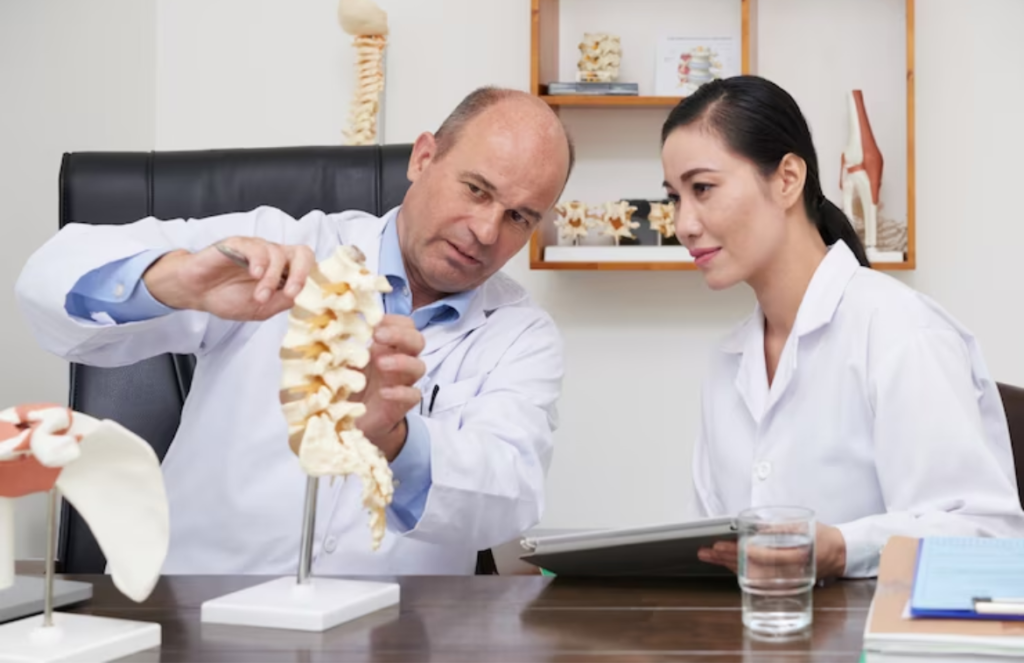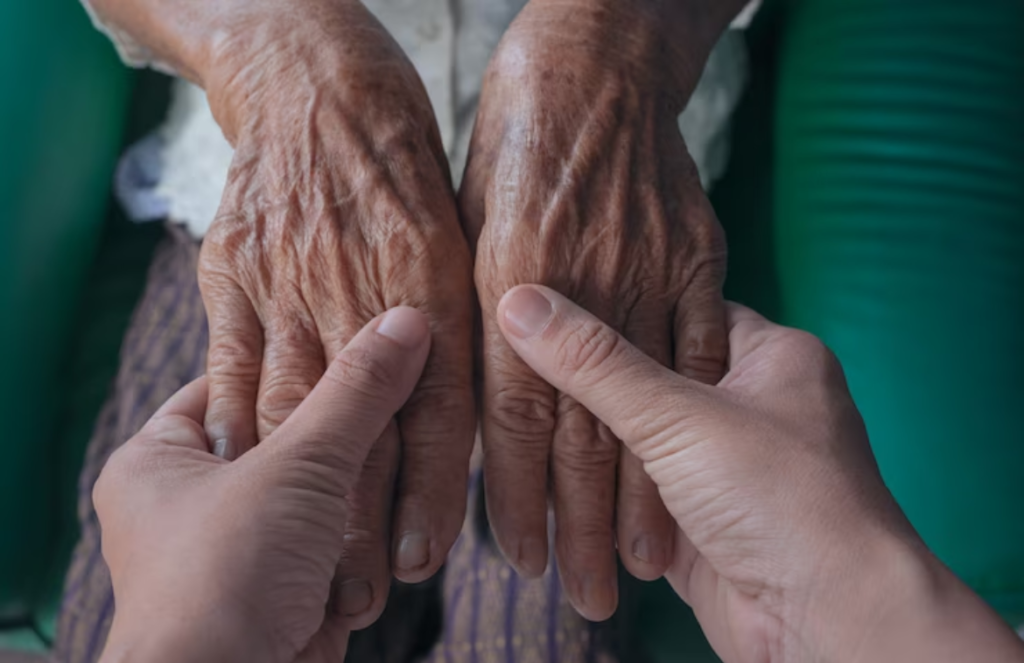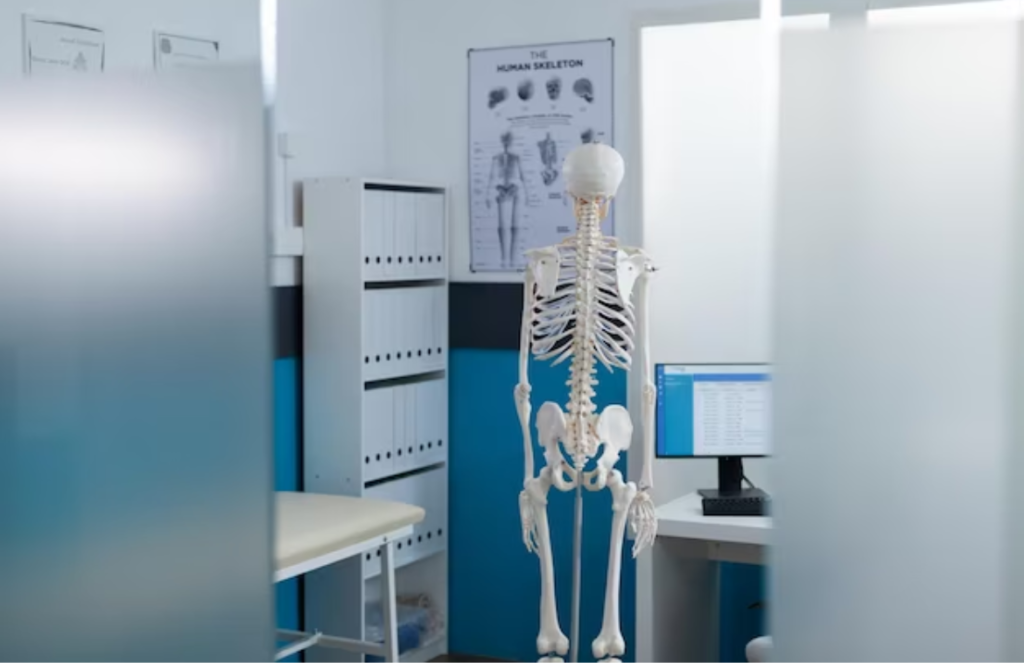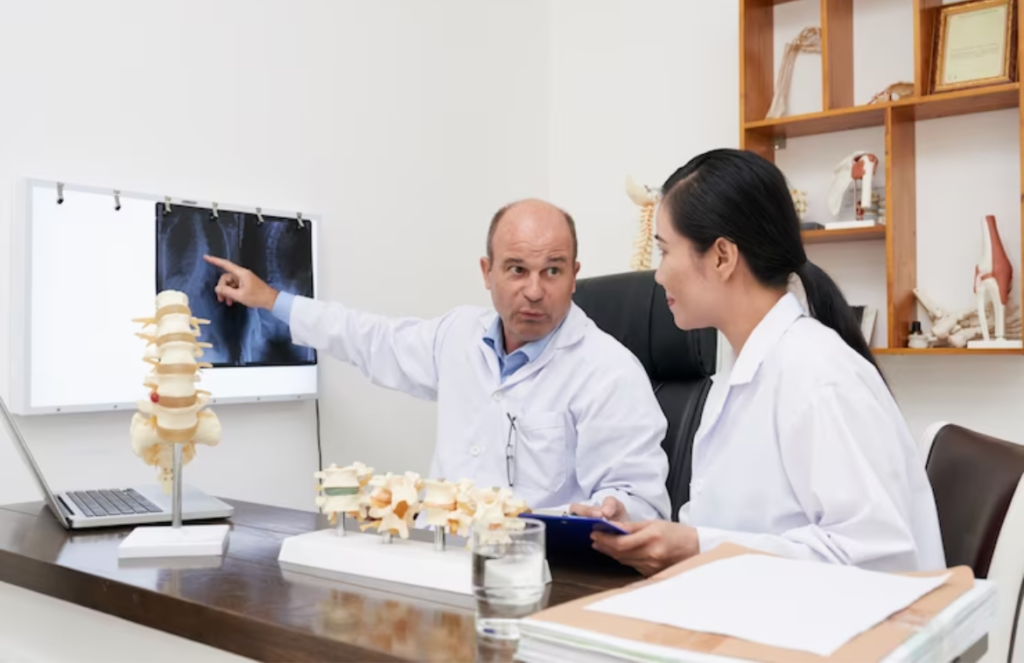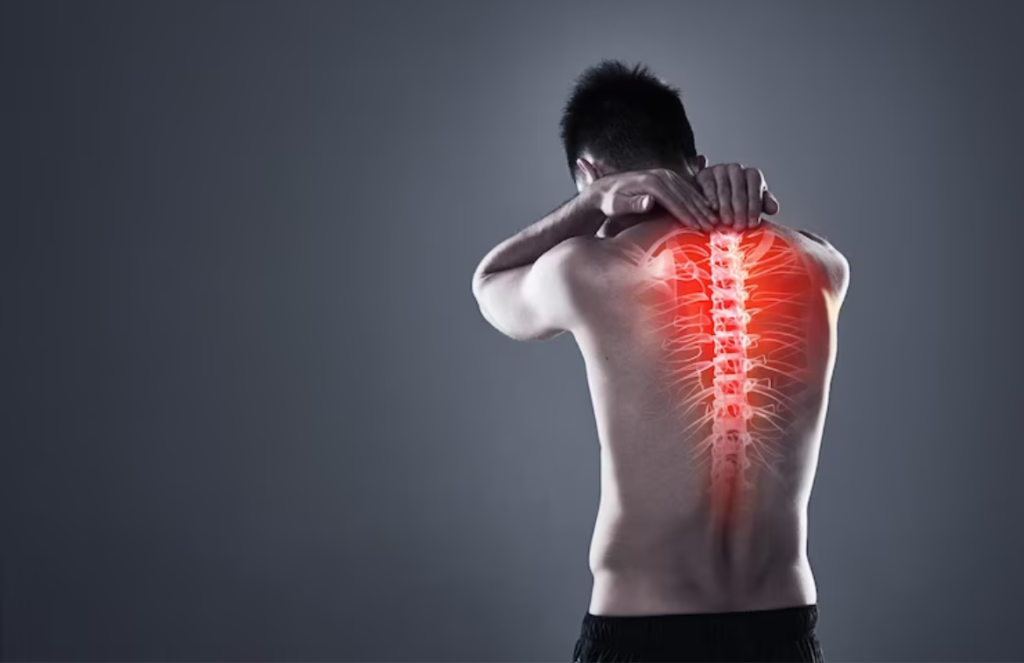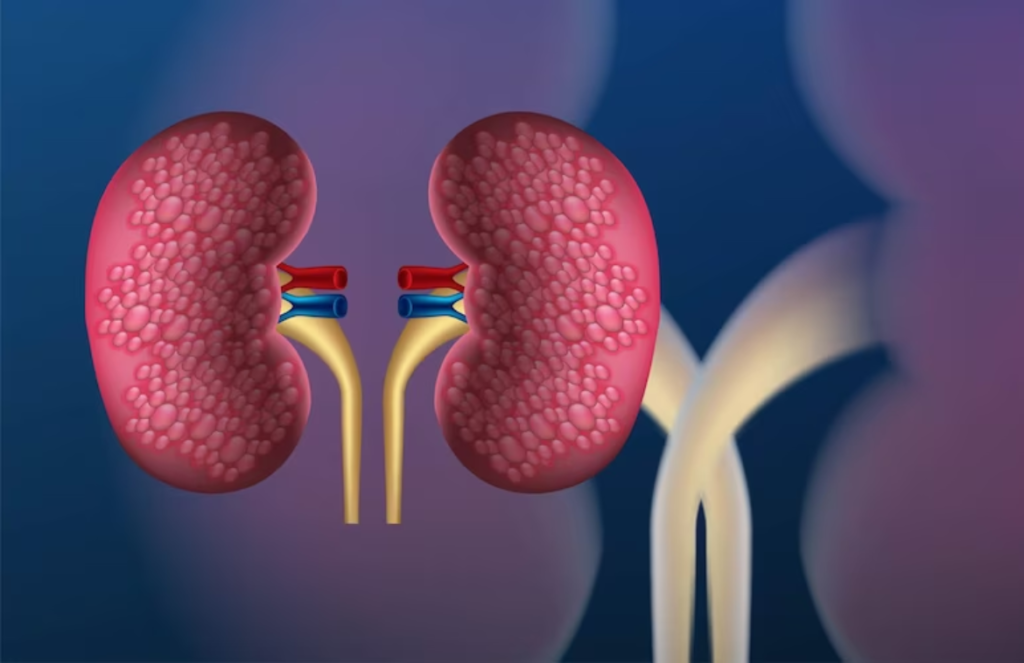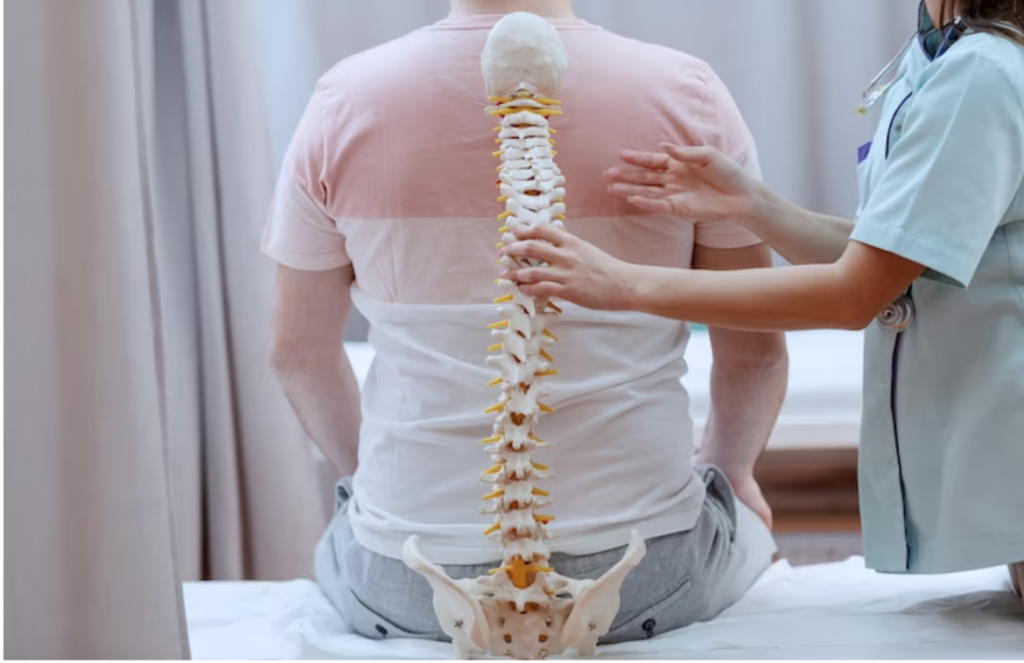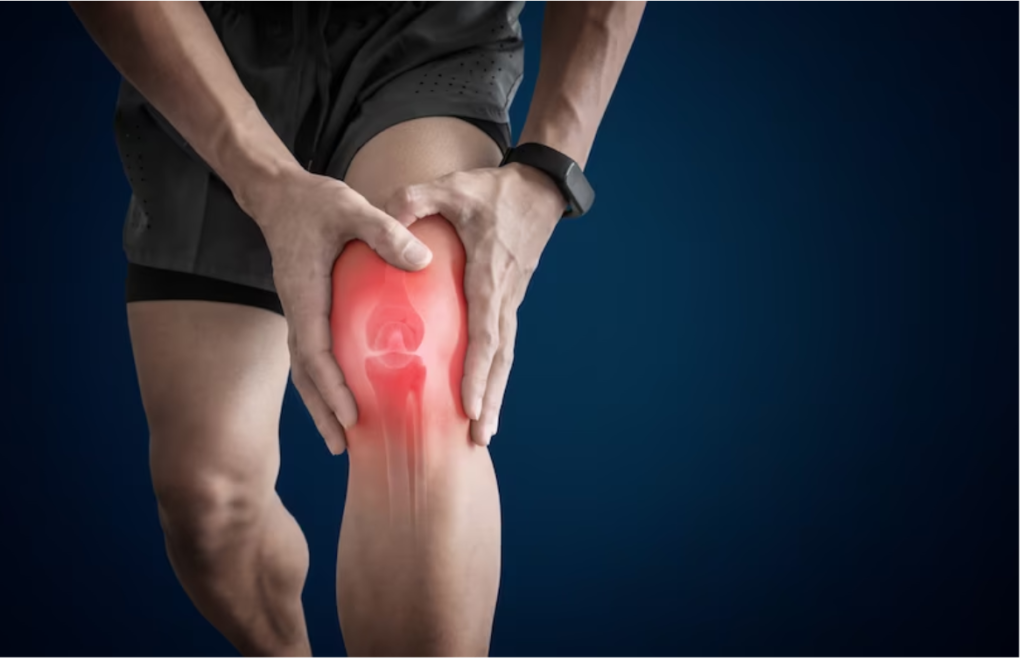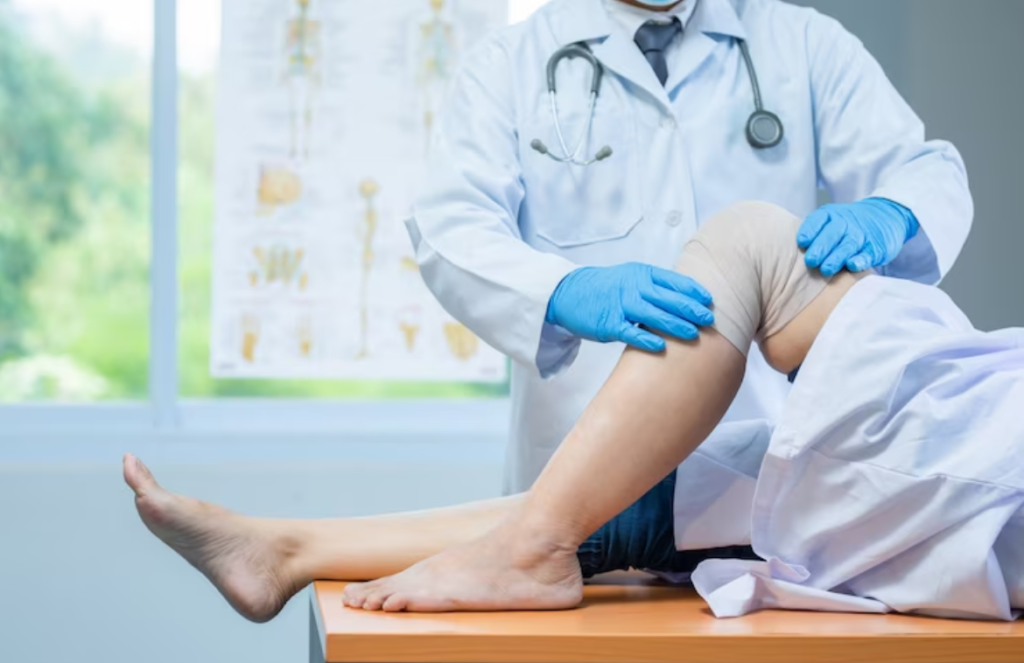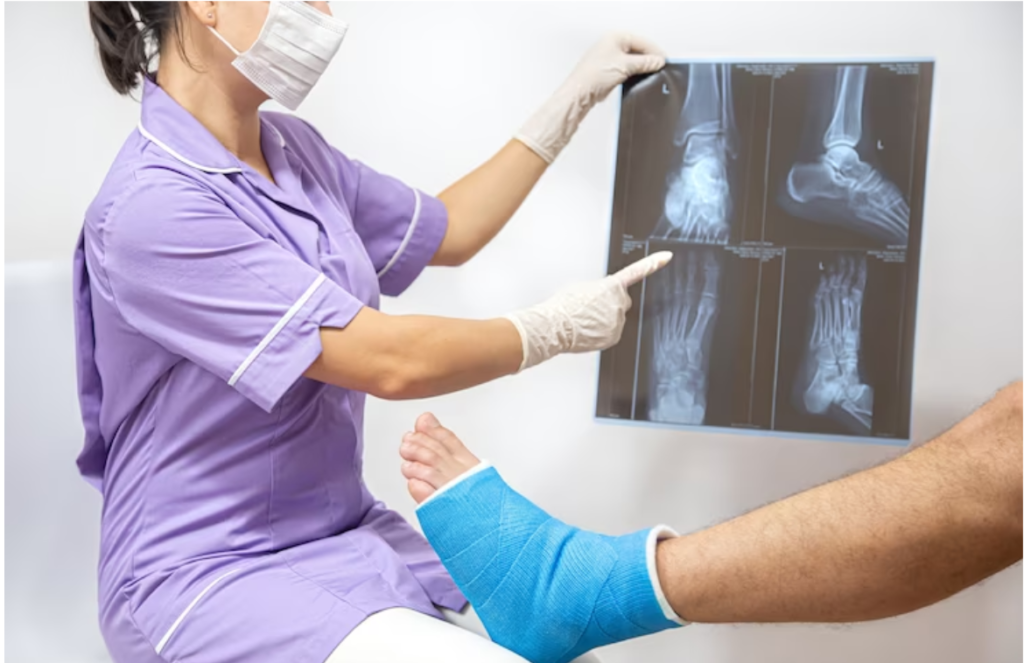Knee arthroscopic recovery can indeed vary based on what sort of procedure was performed and whether structures were repaired or even removed from the knee joint.
Activity restrictions will be put in place during the initial stages of recovery until the knee heals and also becomes stabilized to support activity demands.
Appointments are rather more common in the first few weeks of one’s knee arthroscopy recovery, with more time between, of course, future visits later on in the process. The last visit with one’s surgeon will typically be around one year after the surgery.
What to Expect After Having a Knee Replaced?
Pain Management
Managing pain is rather an important part of one’s knee arthroscopy recovery. The person is likely to be given an initial prescription for narcotic pain medication that would help with symptom management after the surgery. Narcotic medications can be addictive and also cause undesirable side effects, especially gastrointestinal symptoms such as nausea, vomiting, constipation, and abdominal pain.
What to Expect From Rehab After Knee Replacement?
Weight-Bearing Restrictions
Weight-bearing restrictions throughout one’s knee arthroscopy recovery. These will no doubt limit the amount of pressure a person can put on his or her leg while standing and walking. One’s surgeon will inform the person when it is rather safe to bear weight through one’s leg.
It may be suggested to walk after the operation to avoid putting too much pressure on one’s knee before healing. If wearing a knee brace after surgery, it is better to wear it at all times except for showering and performing non-weight-bearing exercises.
Knee Rehab Exercises
Coping with Knee Arthroscopy Recovery
Recovery from knee arthroscopy can, of course, vary depending on the procedure performed. It is important to follow all instructions from one’s surgeon and also a physical therapist to promote optimal healing and recovery for the best possible outcome.
Long-Term Knee Surgery Recovery
Knee Arthroscopy Wound Care
The person needs to take care of one’s surgical wound to ensure one’s knee arthroscopy recovery goes well. The person may experience pain and discomfort in their knees after the operation. A healthcare provider will prescribe pain medication for managing pain symptoms after one’s surgery.
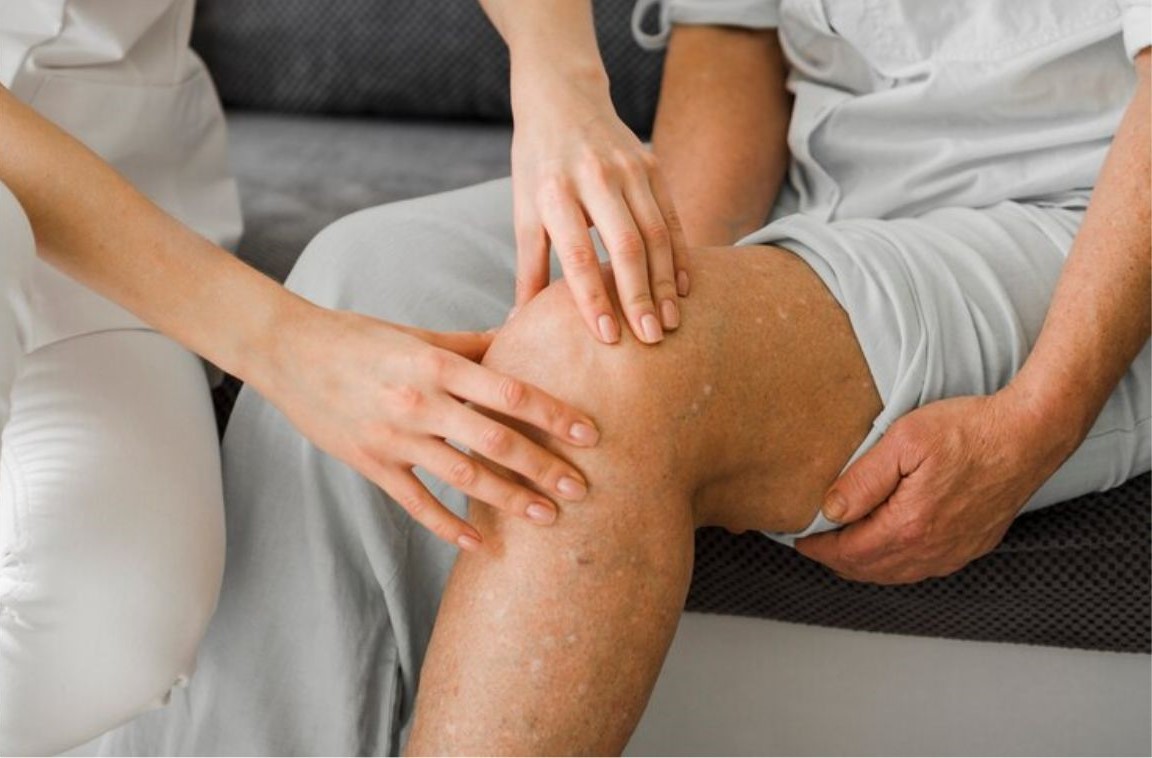
Swelling
Another common symptom a person may have throughout one’s knee arthroscopy recovery is swelling. Applying ice to one’s knee can help provide pain relief and also decrease swelling and inflammation. Apply ice between 10 and 20 minutes to the knee every one to two hours if needed.
Avoid applying ice directly to the knee, as it can cause temperature-related damage to the skin and blood vessels. Ice or cold packs can be applied to the knee on top of pants or by making use of a towel or pillowcase as a barrier.
Elevating one’s leg will also help decrease swelling from pooling around the knee and into the lower leg as well as the ankle. The person needs to elevate one’s leg above the level of one’s heart as much as possible in the first week following the operation. Decreased swelling will result in less pain, an increased range of motion, and a quicker recovery time.
Conclusion
Every patient’s recovery from knee arthroscopy is different. The person might indeed experience pain in his or her knee for a few weeks to a couple of months after his or her surgery. Mostly, a large number of people require about six weeks of recovery. The swelling can indeed last several months. Both the pain and swelling should improve with time. Knee arthroscopy recovery is a process that requires necessary medical attention.

